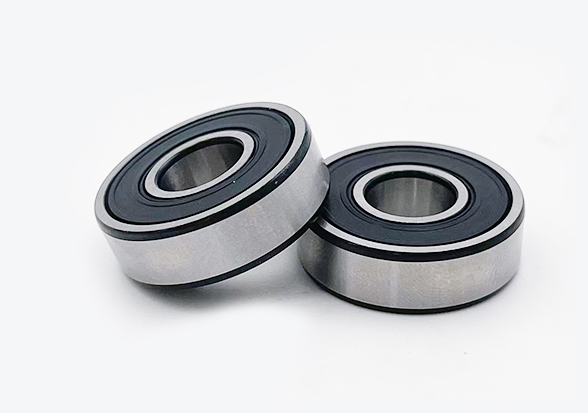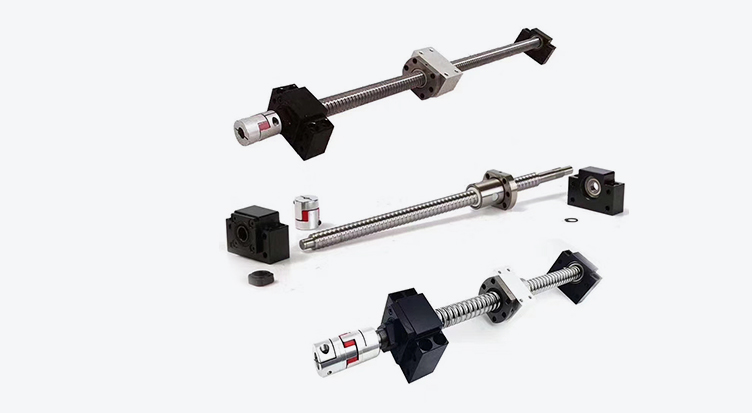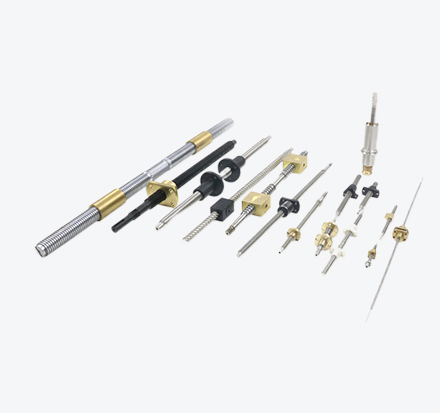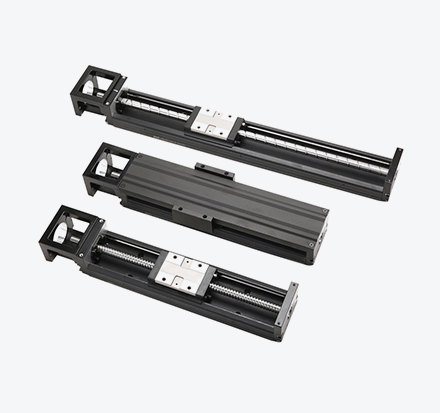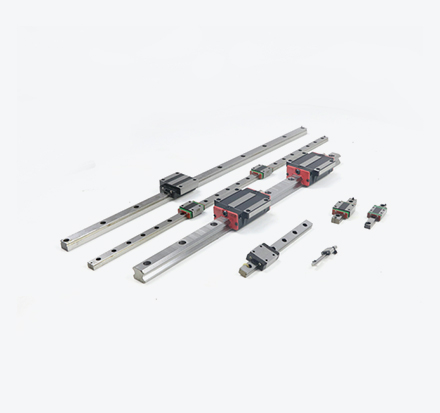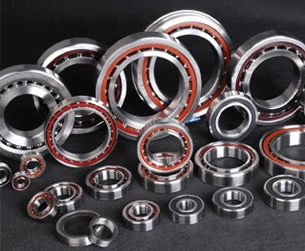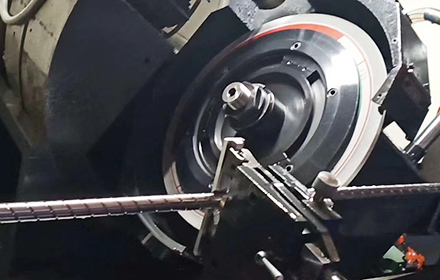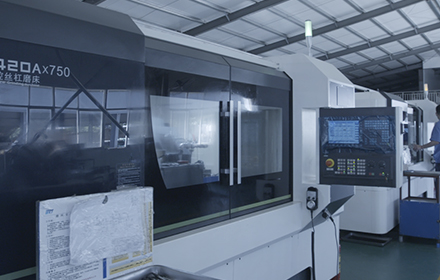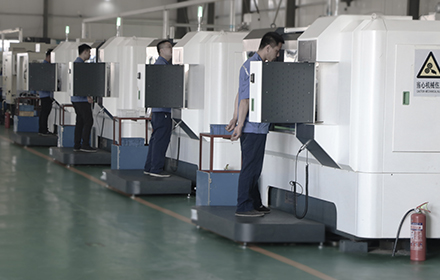Understanding of precision bearings
Precision bearings are divided according to ISO grading standards: P0, P6, P5, P4, P2. The level increases in order, with P0 being ordinary precision and other levels being precision. Of course, different grading standards and different types of bearings have different grading methods, but the meaning is the same. Precision bearings require high runout accuracy, high-speed rotation, and low friction and frictional changes. VXO linear bearing manufacturer can offer you these high precision bearings.
Because the precision of precision bearings is within 1μm, it is required that the accessories (shaft, bearing seat, end cover, retaining ring, etc.) have high dimensional accuracy and shape accuracy, especially the mating surface accuracy needs to be controlled within the same level as the bearing, which is crucial but also most easily overlooked.
Application of precision bearings
High precision bearings have particularly high requirements for technology. When it comes to the quality of parts and the issue of hardness, only excellent hardness can show good performance. Secondly, it can make the machine more excellent during use. In order to support the operation of the machine, it is necessary to pay attention to the issue of hardness, so that the machine can be used for a long time!
Precision bearings are most commonly used on machine tool spindles, and the spindle has different requirements depending on the process and job. Generally, machine tool spindles are used to cut metal under relatively low speed and larger cutting loads. This type of machine tool spindle is usually driven by pulleys or gears. This means that the bearing capacity at the drive end of the spindle is also quite large.
If there is a fault, during the early shift downtime, open the side cover for inspection. If iron filings are found at the bottom of the housing, it indicates that the equipment may have wear, pitting, or shedding, but it is unclear which part it occurred on. Continue to search, seeing that the gear teeth are intact, the visible bearing is basically normal, and the bearing clearance measured by the dial indicator is basically the same as during installation.
Using a vibration rod to listen for abnormal sounds, it can be determined that there is a potential fault inside the reducer. For vulnerable parts such as rolling bearings, using a patrol inspector to monitor and conduct trend analysis regularly can detect potential faults in time. Then, combined with other analysis methods such as spectrum analysis, the root cause of the fault can be identified and corresponding measures can be taken to avoid major accidents and downtime. If it is not suitable for shutdown inspection, it is necessary to closely observe the development and changes of the equipment's deterioration trend to provide a reliable basis for ensuring equipment operation under illness.
 English
English
